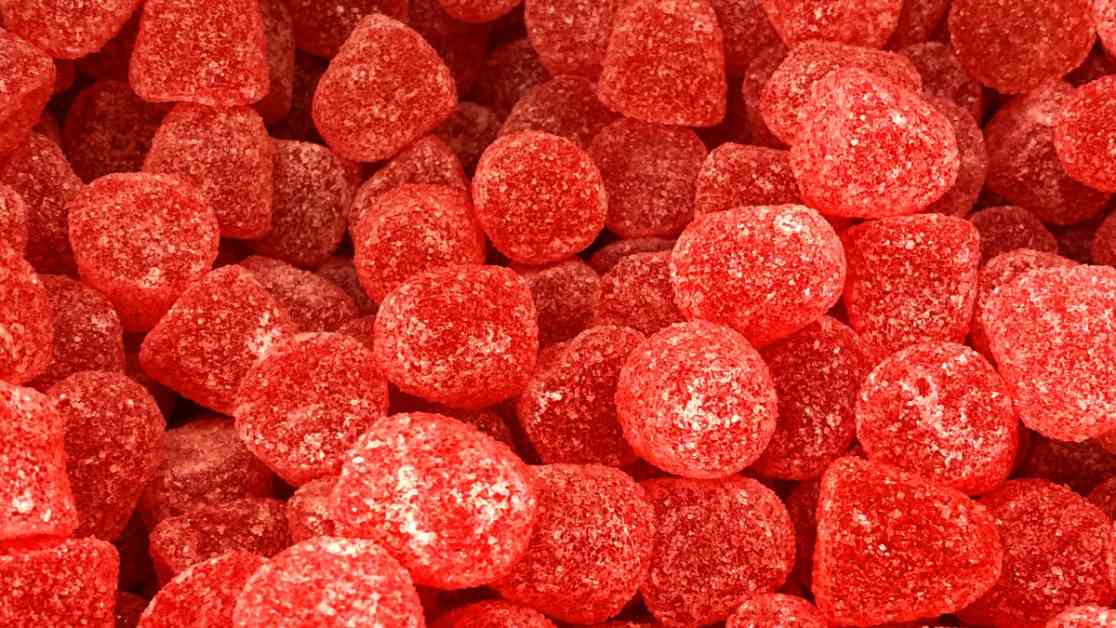Understanding Red Dye No. 3: What You Need to Know
In a groundbreaking decision, U.S. regulators have officially banned the use of Red Dye 3, also known as erythrosine, FD&C Red No. 3, or simply Red 3, from the nation’s food supply. This monumental move comes after a staggering 35 years since the dye was prohibited from cosmetics due to its potential cancer-causing risks. But what exactly is Red No. 3, and which foods is it commonly found in?
What is Red No. 3?
Red No. 3 is a color additive derived from petroleum that imparts a vibrant cherry-red hue to various foods and drinks. This dye, scientifically known as erythrosine, has a long history of controversy. Over thirty years ago, the FDA refused to authorize the use of Red 3 in cosmetics and externally applied drugs due to its cancer-inducing properties in rats.
Implications of the FDA Ban
Following a petition by two dozen food safety and health advocates, the FDA has taken the monumental step of revoking the authorization for Red 3 in candies, snack cakes, maraschino cherries, and other food products. The ban effectively removes Red 3 from the approved list of color additives in foods, dietary supplements, and oral medications like cough syrups.
Why the Ban?
The FDA’s decision to ban Red Dye 3 is rooted in scientific evidence linking the dye to cancer in lab rats. Citing the Delaney Clause, which mandates the prohibition of additives known to cause cancer in animals or humans, FDA officials have emphasized the necessity of this action. Notably, the mechanism by which Red 3 induces cancer in rats is distinct from its effects on humans, as clarified by Jim Jones, the FDA’s deputy commissioner for human foods.
Amidst the ban’s implementation, various food manufacturers are already taking proactive steps to eliminate Red 3 from their products. Companies like Ferrara Candy and Mars Wrigley are leading the charge in reformulating their offerings to exclude this controversial dye. With alternatives like beet juice, carmine, and natural pigments increasingly replacing Red 3, the food industry is poised for a transformative shift towards safer, more health-conscious ingredients.
As consumers, it’s crucial to stay informed about the ingredients in the foods we consume and advocate for transparent labeling and safer alternatives in our daily diet. The FDA’s ban on Red Dye 3 marks a pivotal moment in food safety regulation, highlighting the importance of rigorous oversight and continuous improvement in our food supply chain. Let’s take this opportunity to rethink our food choices and embrace a healthier, more sustainable approach to eating for ourselves and future generations.




